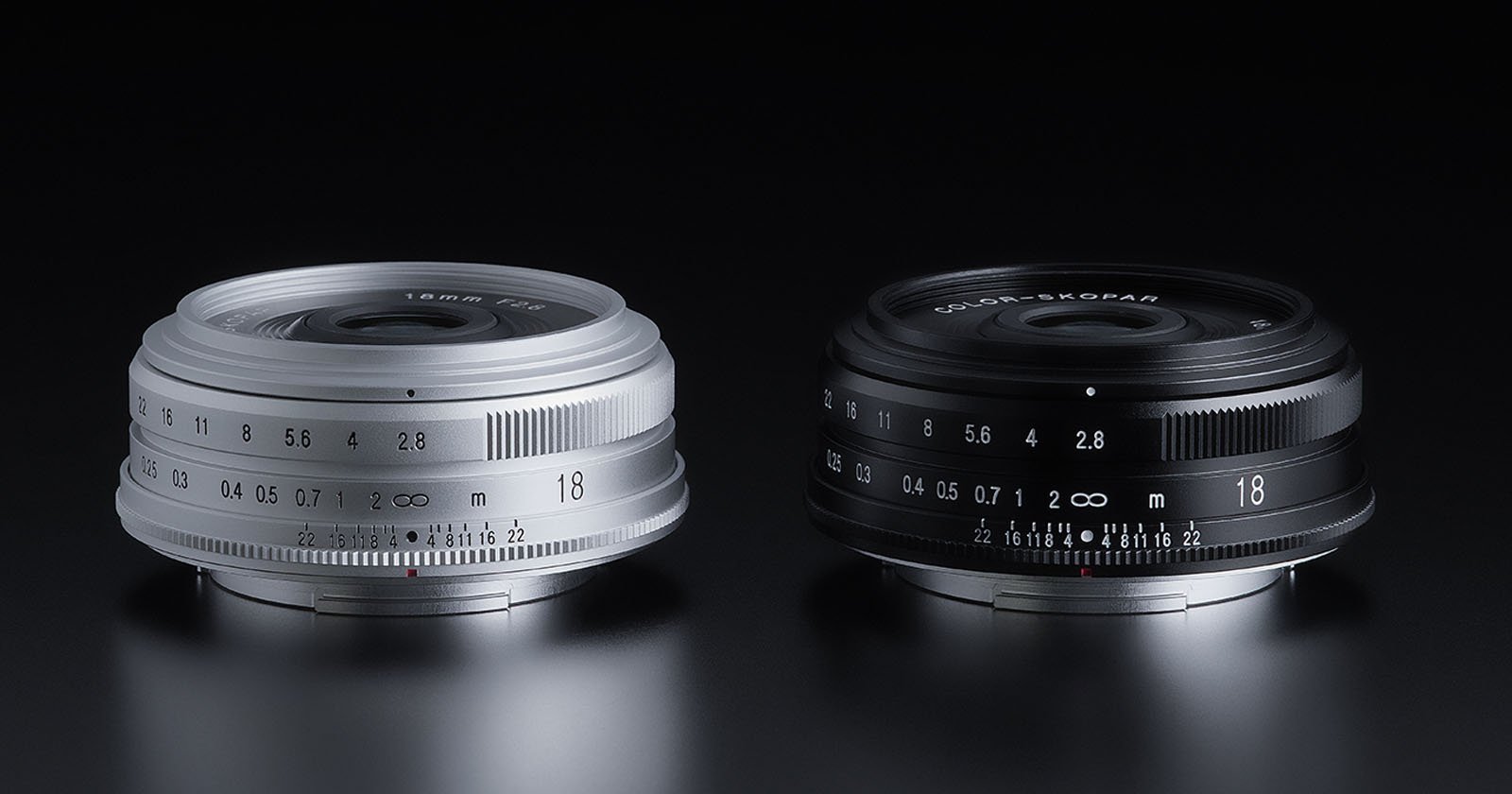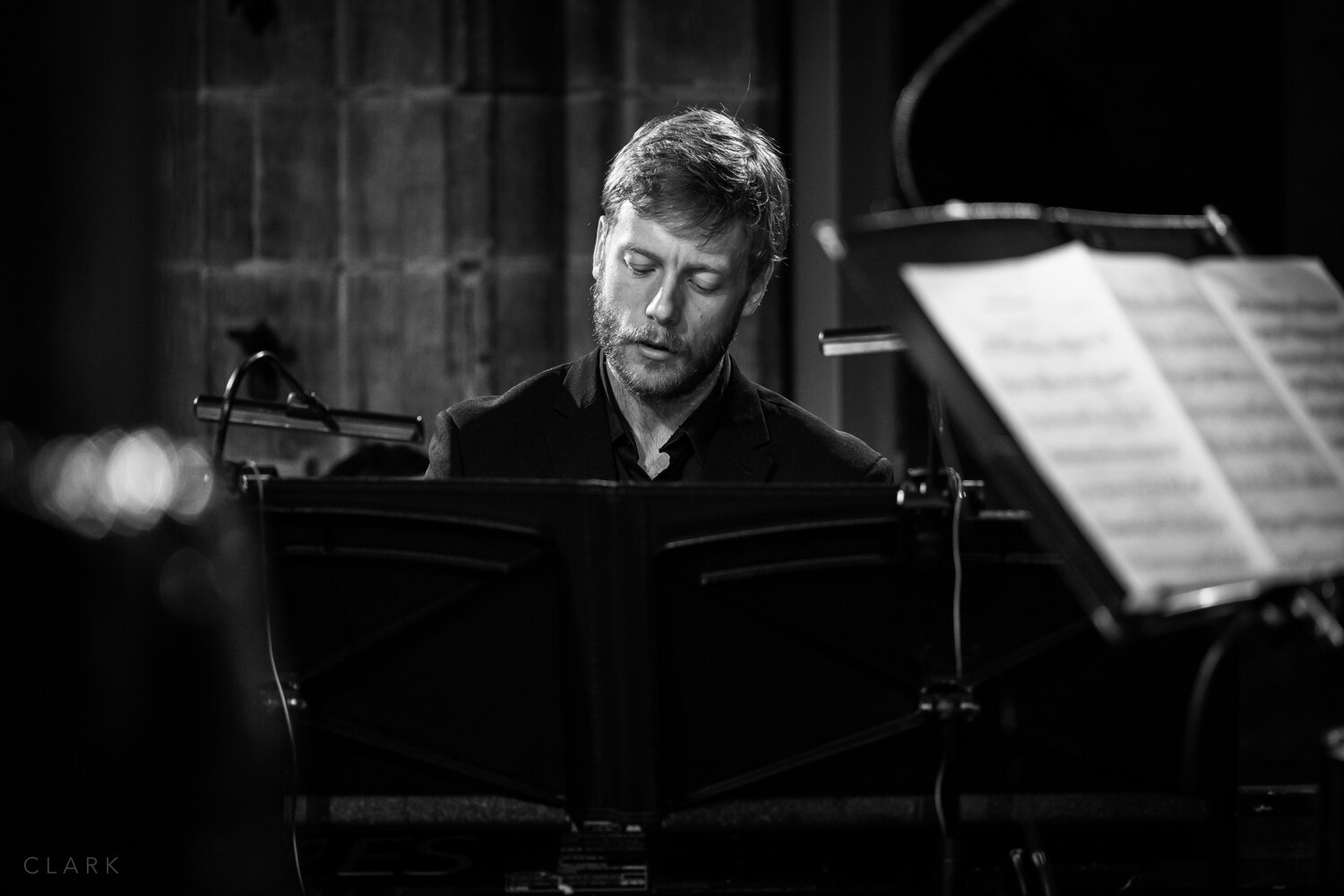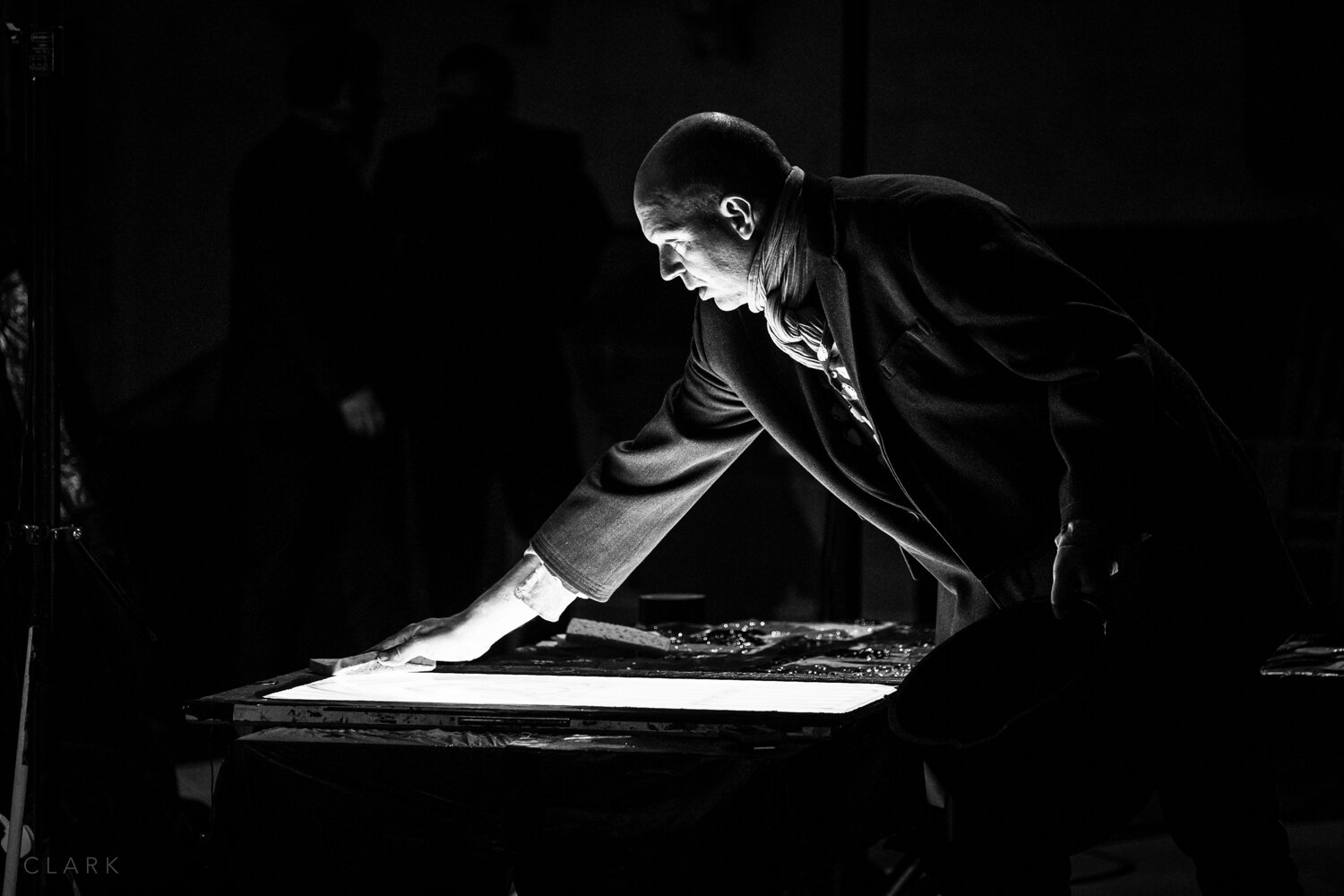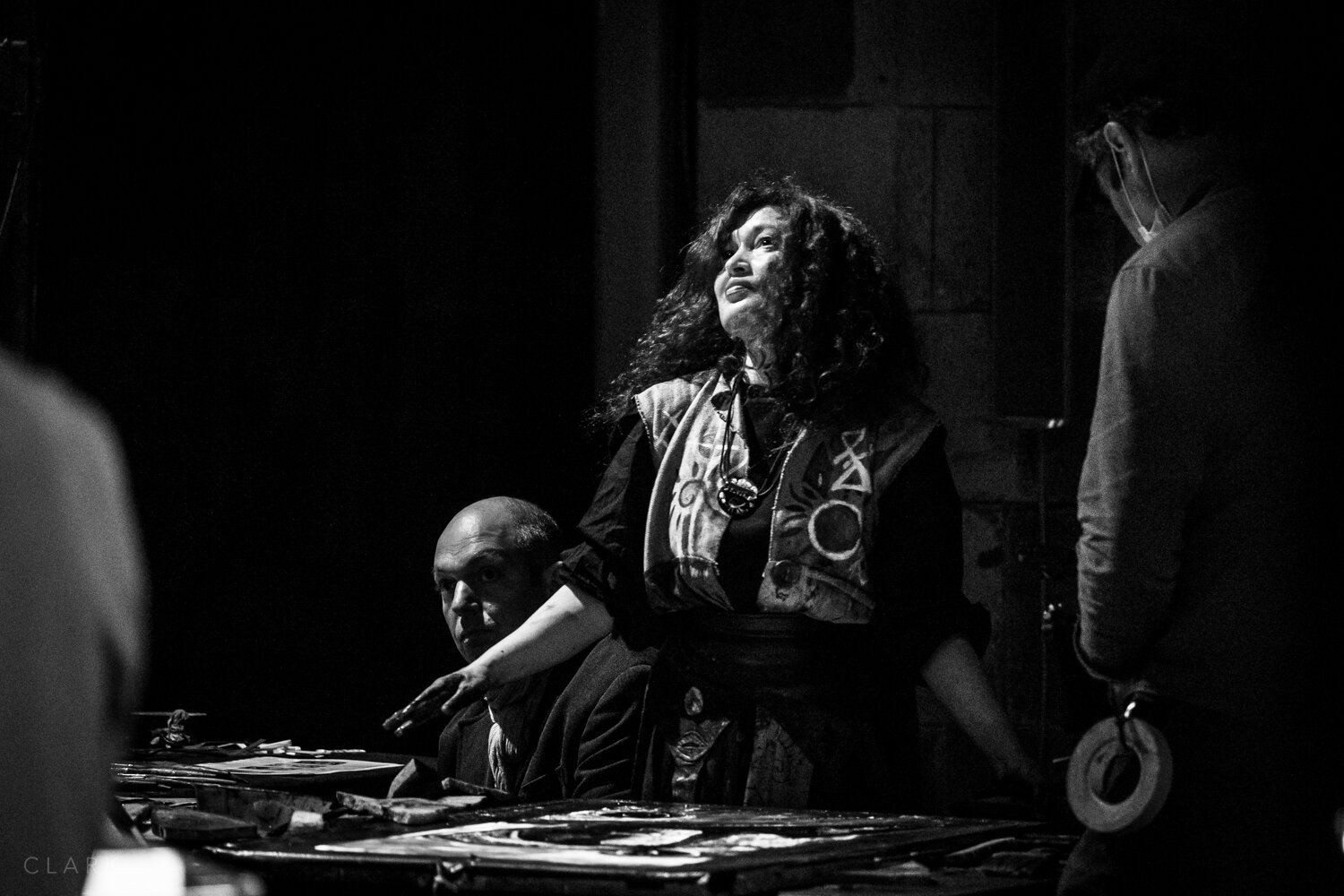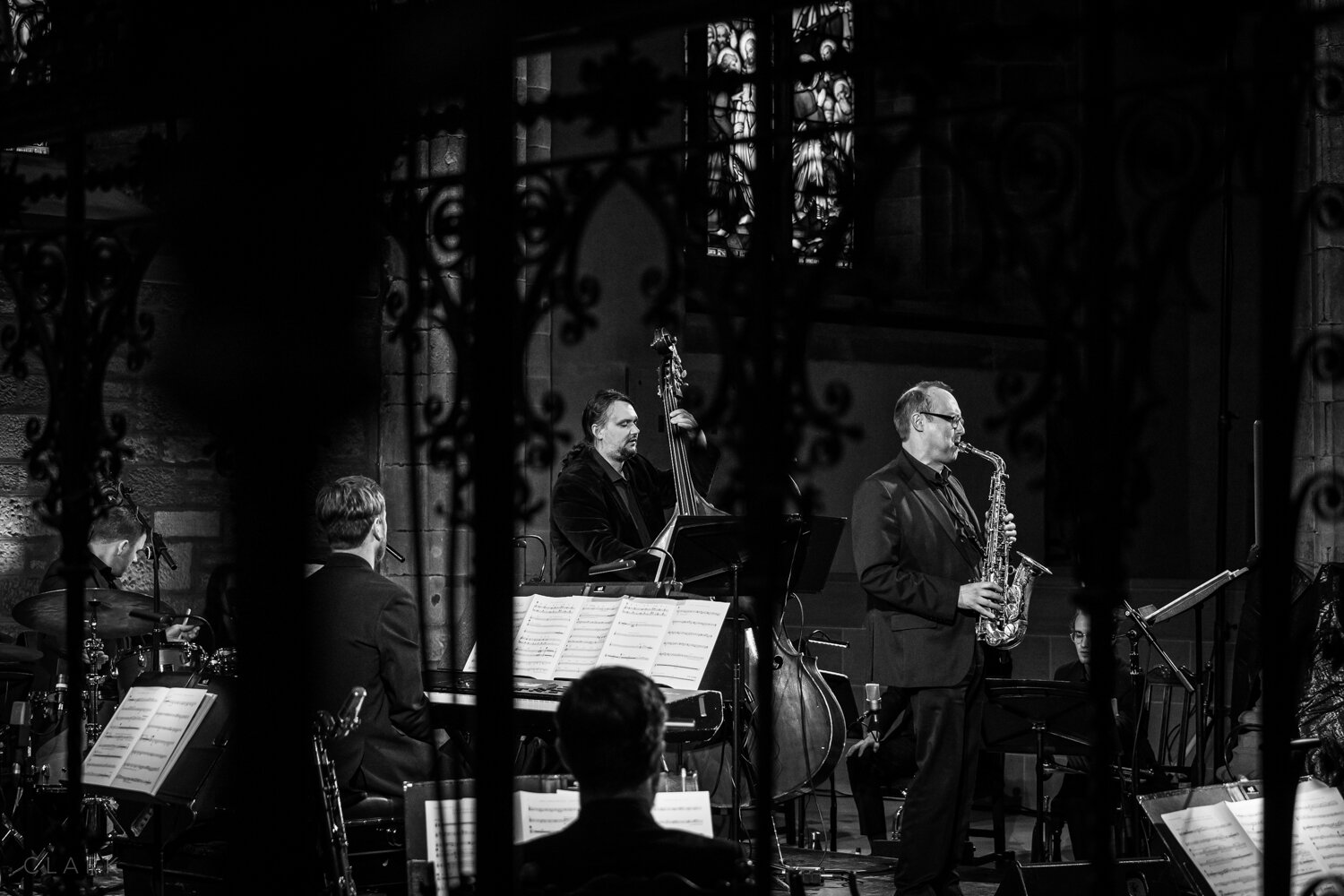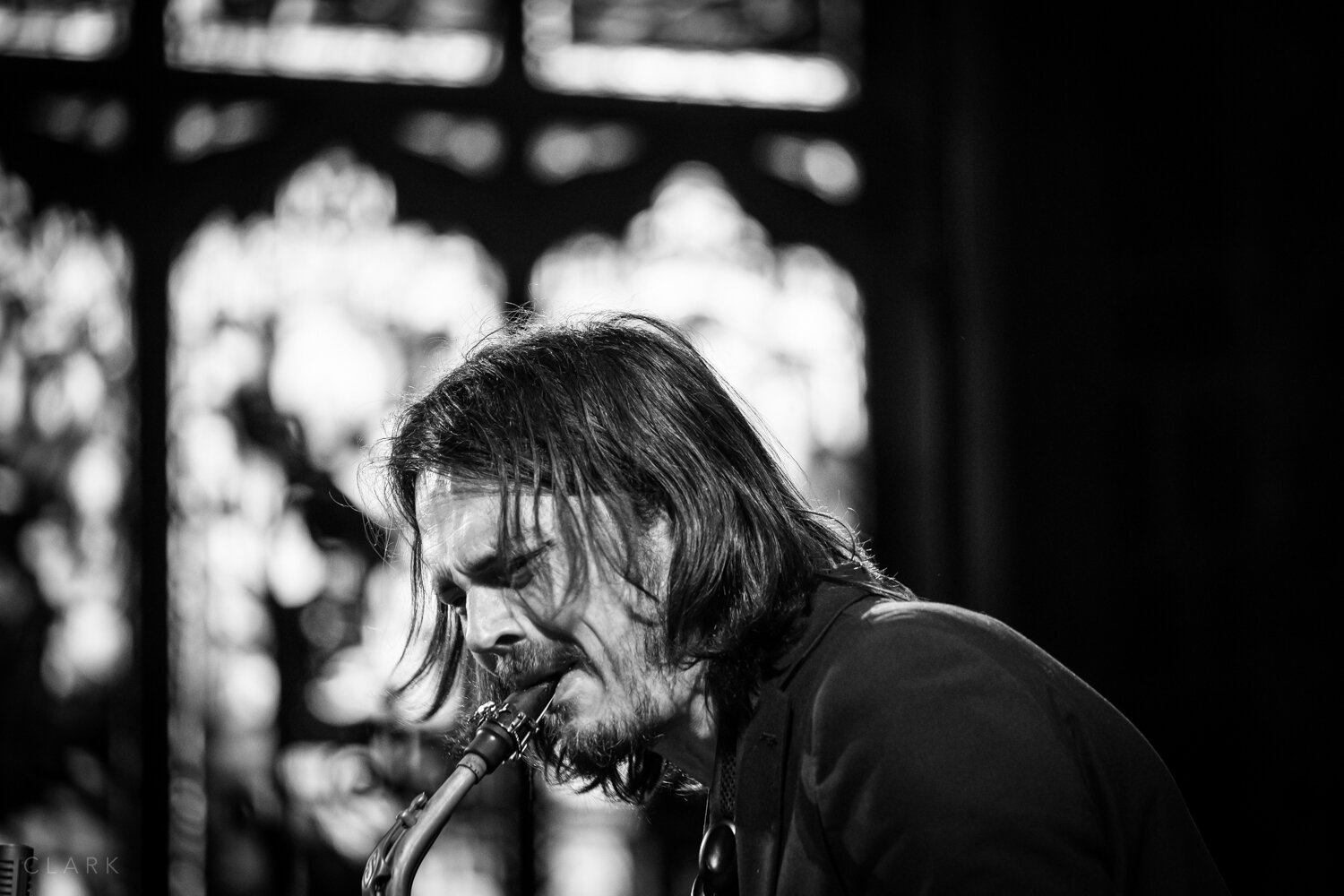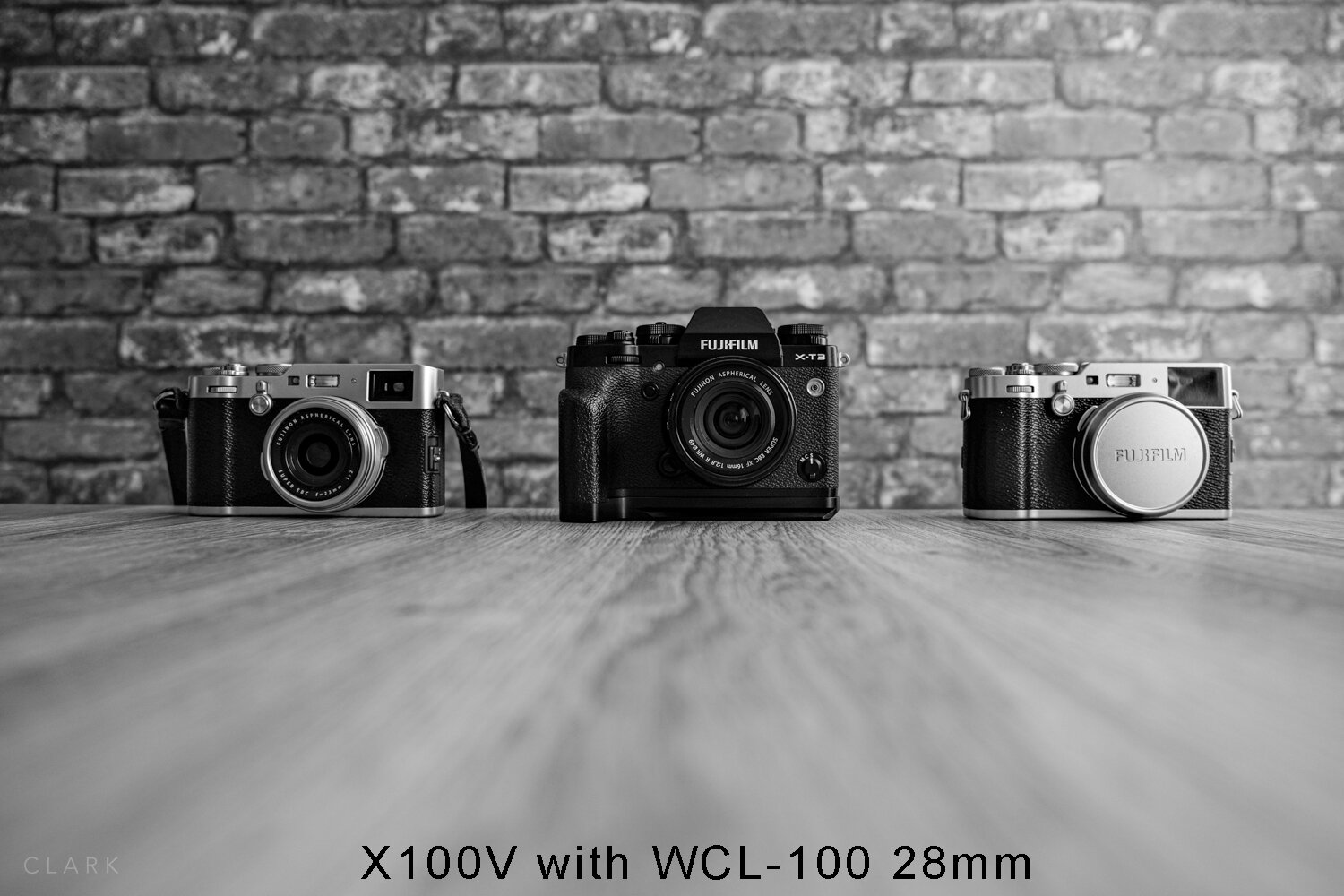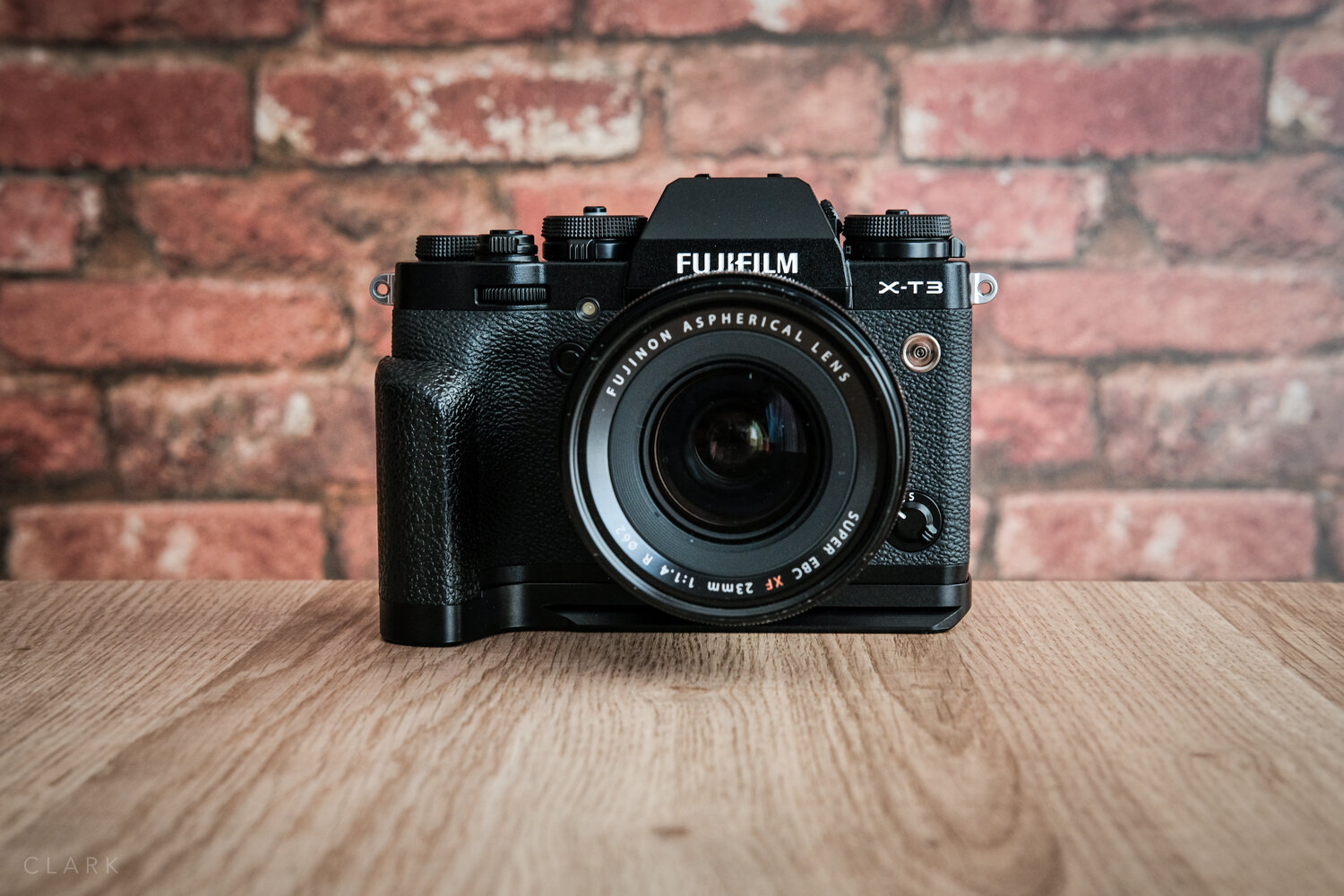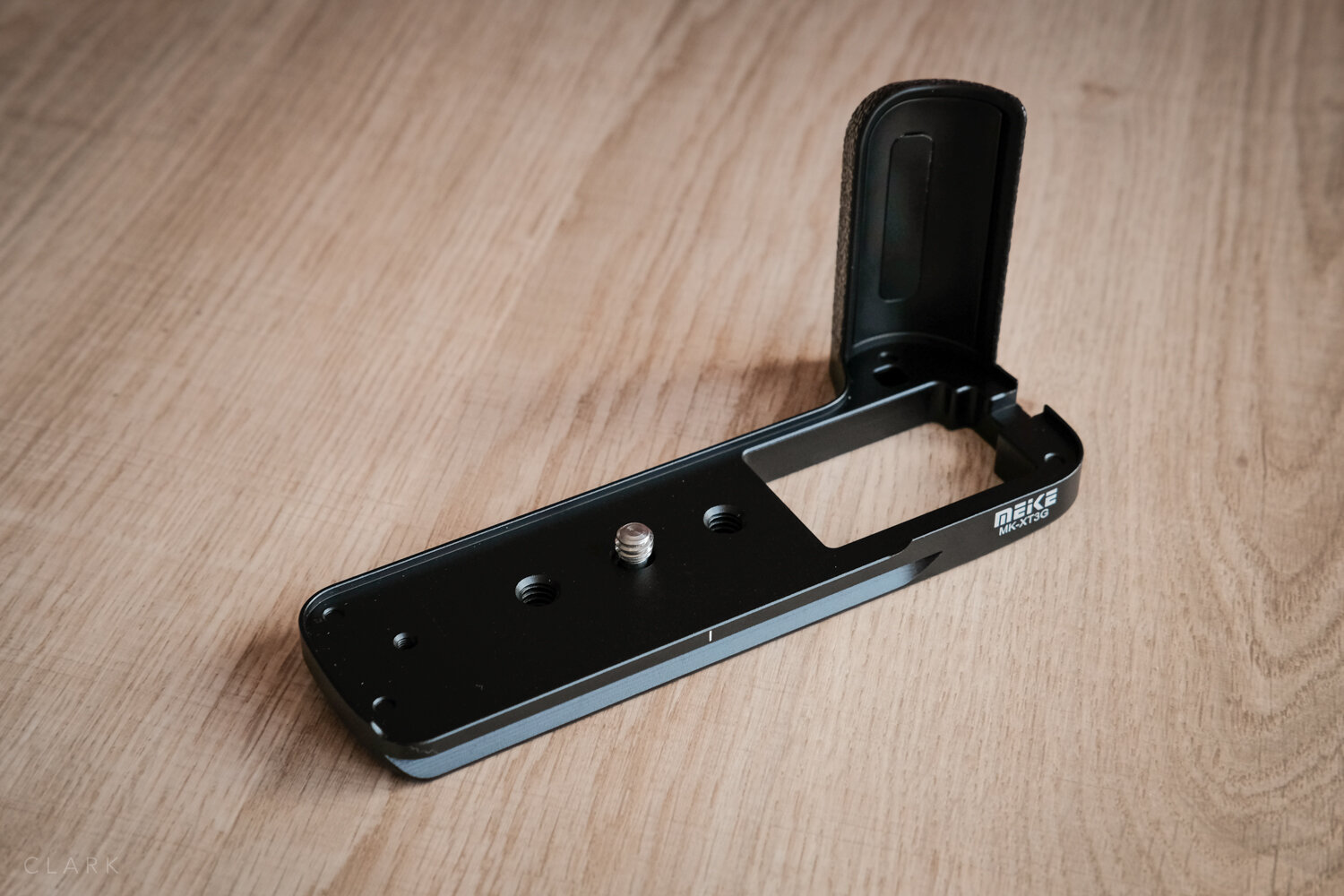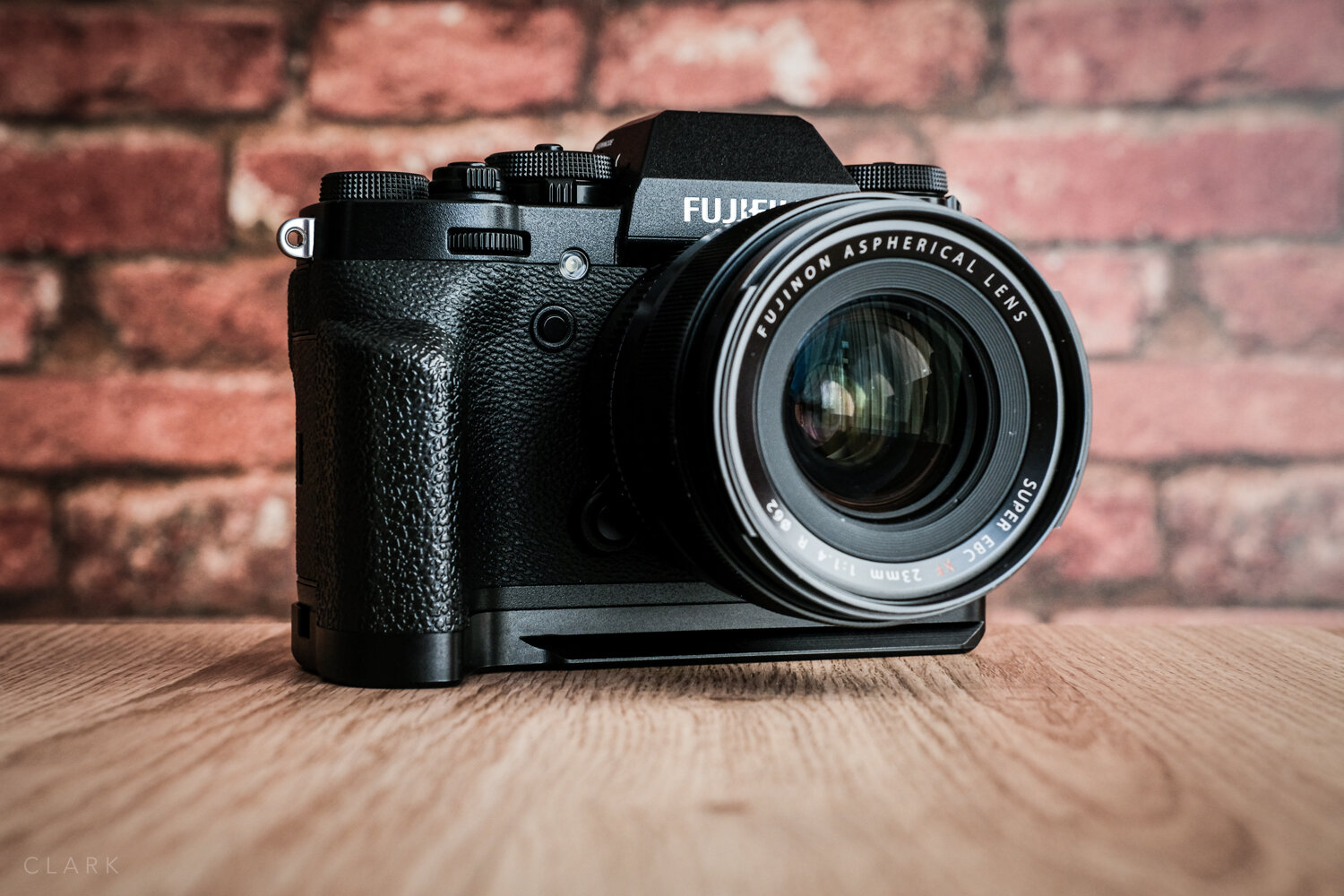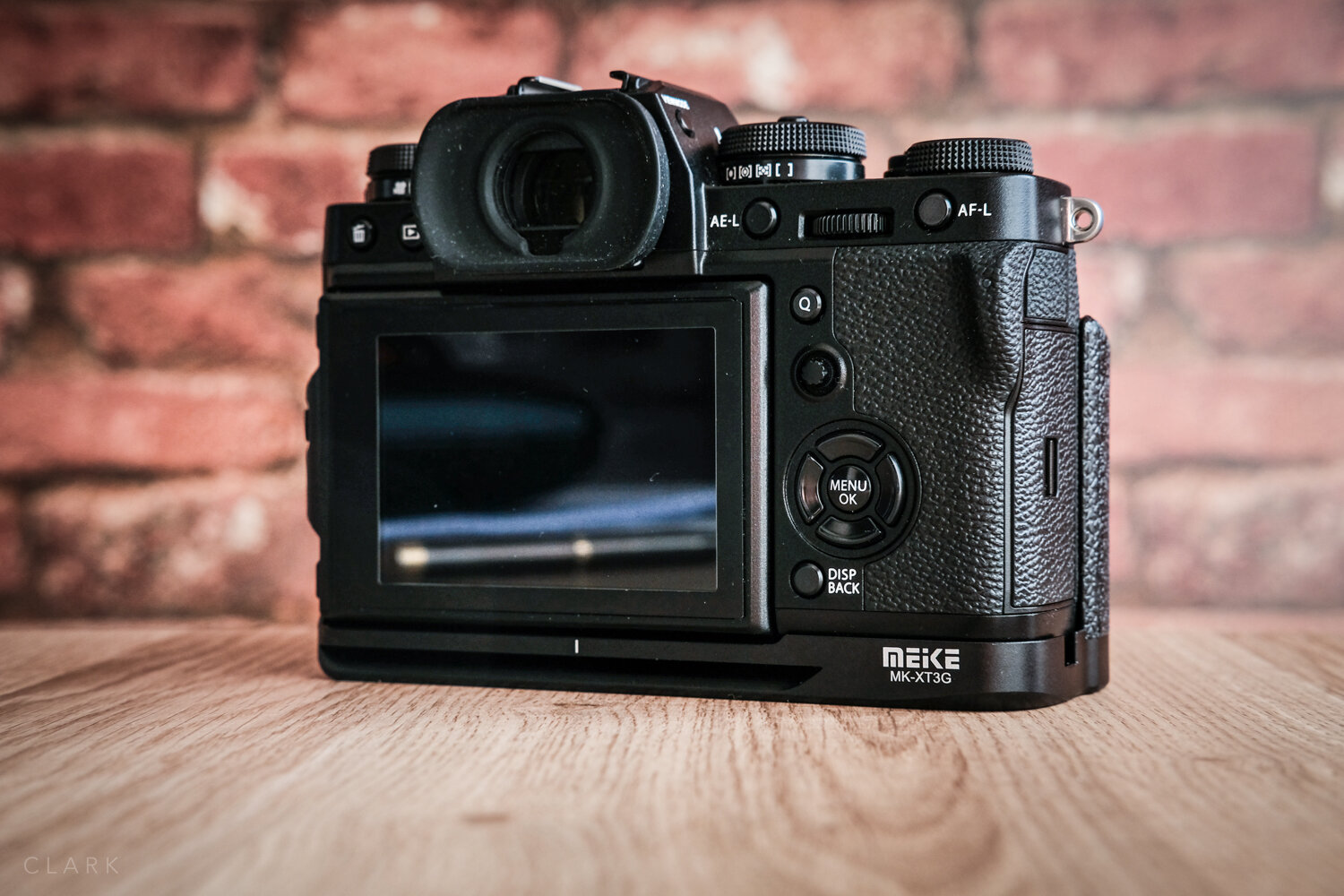X70
A lot of photographers (including me) have been patiently waiting for an update to the X70 camera. I was told by Fuji UK, back in my X-Photographer days, that because the old 18mp sensors had been discontinued in favour or the newer 24mp ones, a replacement for the discontinued X70 wasn’t so easy. The main reason being that the 24mp sensor requires the NP-W126 battery, which wouldn’t fit in the tiny X70 body.
X-E4
At first announcement of the X-E4, I thought that it could be a fantastic little street camera. But with the lack of a Focus Selector switch, View Button, and D-Pad, the X-E4 is a disappointment to me. Even the reviewers that are praising the camera (often trying a little too hard), are constantly making excuses for what this camera is lacking. For me, every time Fuji adds a new product, they are taking away my options.
X100V-28
Would it be too difficult to stick the 18.5mm (28mm FF equivalent) lens from the X 70 on to the X100V?
An updated X70 would be great for sure, but I would actually prefer an X100V with a 28mm equivalent lens. But here’s the thing; put a 28mm lens on the X100V, but DO Not change anything else. Produce identical cameras with two versions, 35mm and 28mm (FF)
Ever since the X-Pro1 was added to the X-Series, which at that point only included to X100, there has been a problem with Fujifilm constantly changing button position for no apparent reason. Just when you get a couple of models with the same layout, the next update will have a different position. Hands haven’t changed design for thousands of years, so I think ten years is more than enough time to decide on the best position for buttons. I don’t care too much where they are, I just want them to be the same place on my camera bodies. And don’t get me started on the D-Pad. I didn’t buy the X-E3 or the X-Pro3 because of the lack of the D-Pad, and only bought the X100V because, despite the lack of a D-Pad, the lens was finally improved!
A Propper Lens
So my wish would be a 28mm FF equivalent X100V with nothing changed on the camera. I would also be happy with the X70 lens on it. But if Fujifilm wanted to make a perfect street camera, they could create a new 28mm (FF equivalent) lens, hard stops at either end of the focus ring, a focus tab, and a proper depth of field scale.
Sales
I don’t see this X100V-28 making a negative effect on X100V sales; sure some might buy the 28mm version over the 35mm version, but some would also buy both (myself included). Fujifilm might even gain some of the Leica Q sales; sales that Leica might be gaining from Fuji’s X100V because of the focal length??


